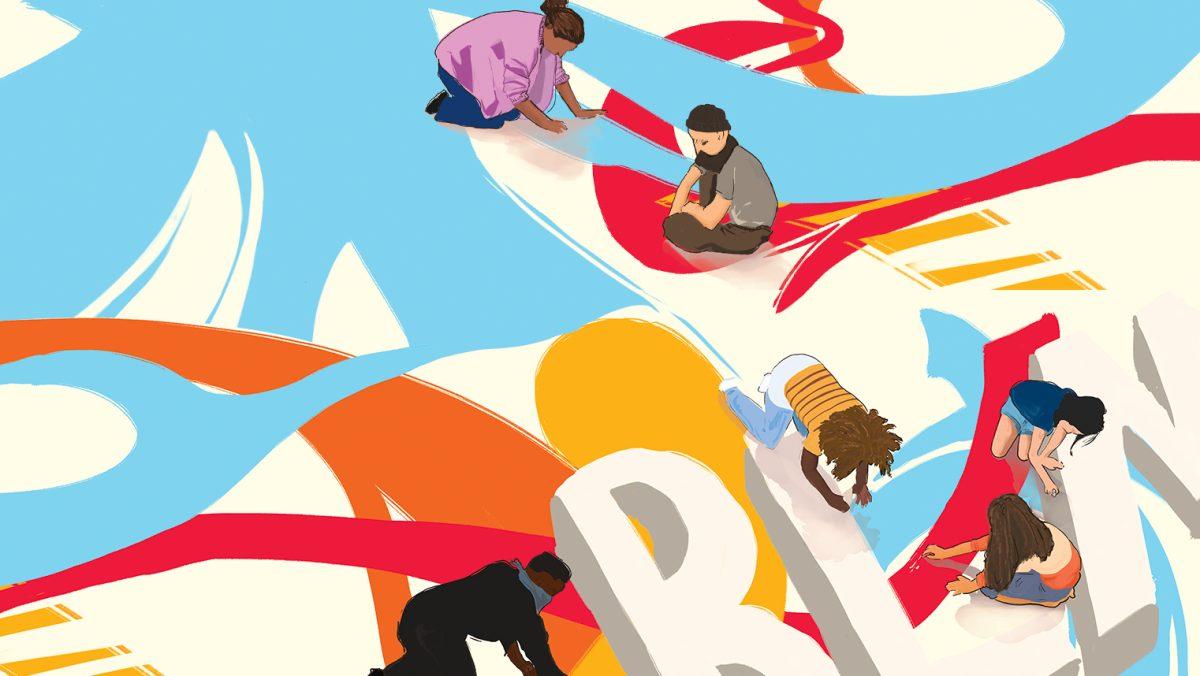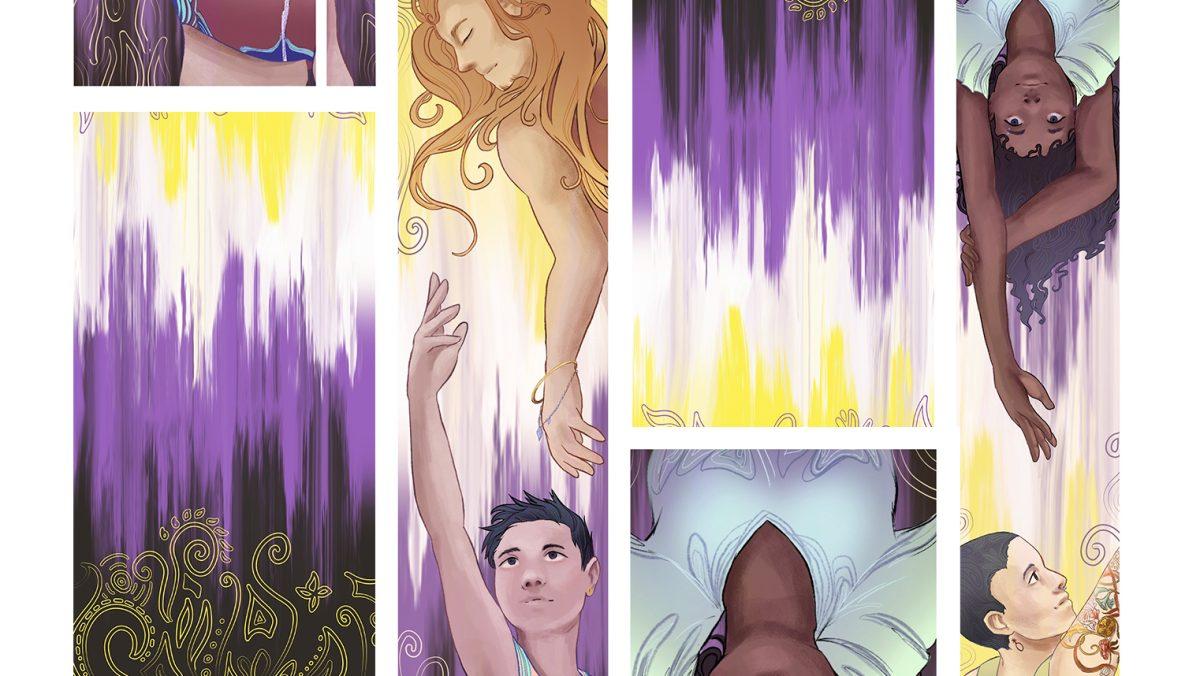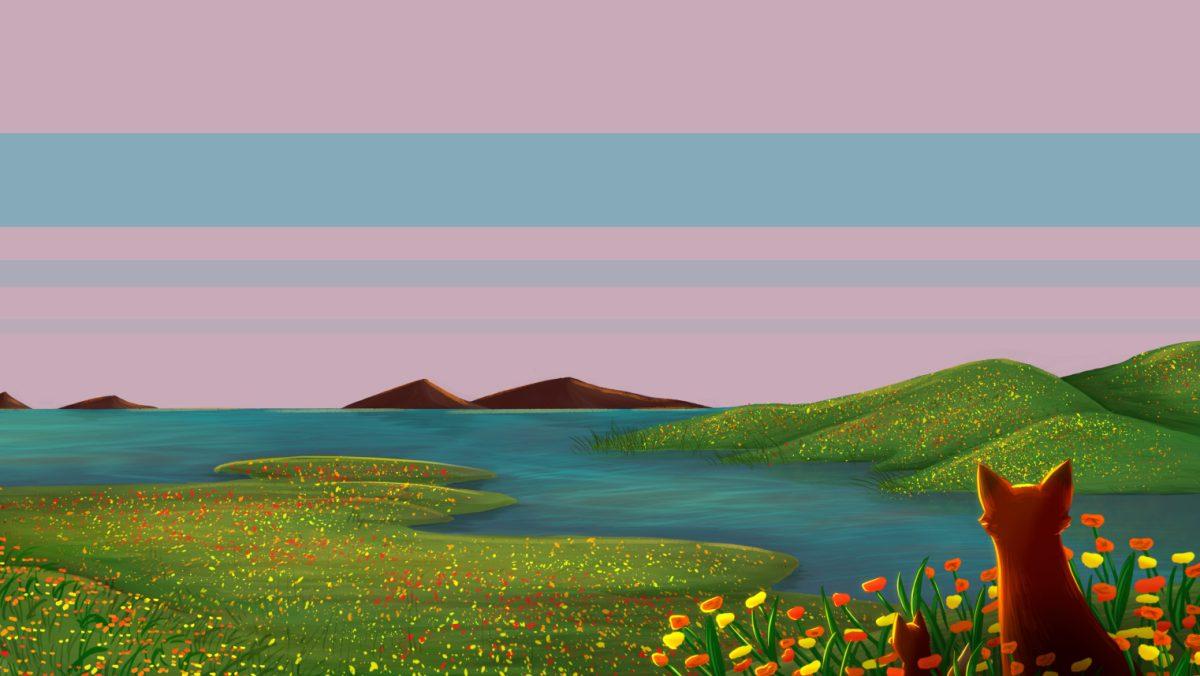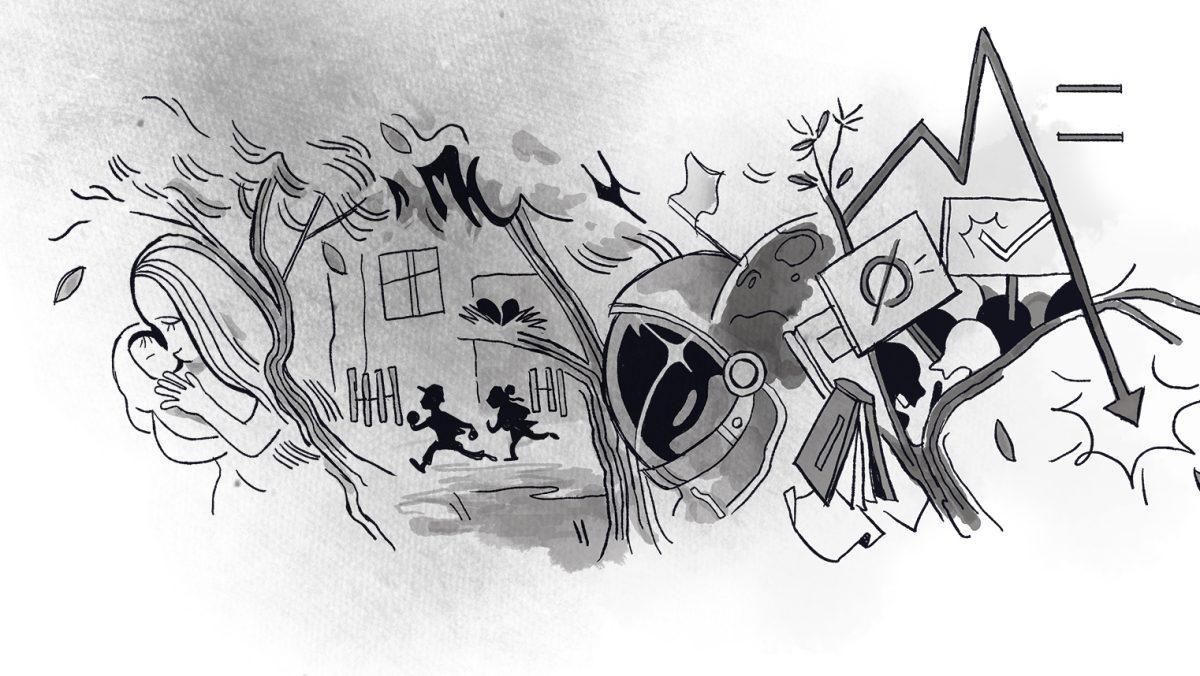For decades, animation has been an artform relegated to the youth. You’d watch Saturday morning cartoons as a child, but then you’d move on with your life and stop. You’d find other things to watch like sports or the news. There’d be no more room for cartoons.
Recently though, there has been a boom in the popularity of adult animation — animation is no longer just for kids. How did we get here, and does it have anything to do with Saturday morning?
Examining Saturday Morning
Film Reference covers the history of television animation. The surprisingly young artform originated in the ’60s, and the format introduced some new constraints for the industry. To keep up with television, cartoons had to be produced cheap and fast.
Television animation studios were unable to keep up with the consistent and gorgeous animation of studio films. Shows in the ’60s and ’70s like “The Flintstones” and “Scooby-Doo, Where Are You!” showcased a new style influenced by limited animation and short production times.
For many, the lower quality of these programs only reinforced the idea that animation was only for kids. The ’80s saw a rise in the amount of television animation, but suffered from its own form of quality issues. While the animation itself had improved, these shows weren’t exactly morally sound. Most were made with the explicit intention to advertise and sell products to children.
Due to the creation of several networks aimed directly at children, the ’90s proved to be the first decade with all-around high quality television animation.
Rylee Arenson is a second year Film and Animation student and secretary for RIT’s Animation Club. These are the cartoons she grew up with.
“Adult animation has become so much more popular in the past couple of years because current young adults still enjoy the cartoons of their own childhood. Things like ‘Dexter’s Laboratory’ and ‘The Powerpuff Girls’ still hold up,” Arenson said.
Not too surprisingly, the generation that grew up with Nicktoons and Cartoon Network are the ones who have found themselves increasingly enthralled by adult animation.
Not only did the quality of animation shift in the ’90s, so did the culture. The stigma around watching animation as an adult no longer exists for the current generation. Original adult animation classics like “The Simpsons” and “South Park” also found their footing in the exact same era.
Jonathan Seligson is an animation lecturer in the College of Art and Design and an animator himself. He teaches History and Aesthetics of Animation, a course that examines major trends in animation, such as adult animation.
“Animated shows aimed at adult audiences have been around long enough that a lot of children in the ’80s and ’90s grew up with adult animation,” he said.
Overall, while it may come as a surprise to some, the current influx of more adult animated shows has been a culmination of decades worth of other cartoons.
Changing the Program
So, for the first time, there is a rabid and large fanbase for animation aimed at adults. What exactly is adult animation, and what do people look for in it?
“There is a wide variety of what we define as adult animation. Sometimes, purely, the content is too adult for children. Other times, it’s adult because the subject matter would go over children’s heads or not be of interest to them,” Seligson said.
“Sometimes, purely, the content is too adult for children.”
Early adult animation often fits into the former category. A show like “Family Guy” isn’t suited for children, not because they wouldn’t understand it, but because of the fear that they might.
The content is often sexual, violent and vulgar. In these early shows, the novelty came from dealing with very adult situations in a children’s medium. Today though, adult animation varies a bit more in its structure and delivery.
“Shows today are a little more nuanced when targeted toward adults,” Seligson said. “Older audiences can perceive more subtle humor and themes.”
While viewers often come for the humor, it’s the themes they usually stick around for. Developed characters and relatable situations are a touchstone of adult animation. Animated shows, due to their colorful presentation, are often able to handle tough situations without being completely dour.
“Animation often sugarcoats things in a non-excessive way. You can relate with what the characters are going through, but you can also still enjoy the show,” said Arenson.
“Animation often sugarcoats things in a non-excessive way. You can relate with what the characters are going through, but you can also still enjoy the show.”
Along with other animated programs, adult animation has to face competition from adult live-action fare.
“Animation is much more freeing in terms of the types of stories you can tell. It can be very fantastical, but you can also mimic what’s done in live action,” Seligson said.
This mimicry does not extend both ways though. Often, there is a huge stylistic element to animation that is not present within the live-action world.
“You can’t replicate the things that go on in an average ‘Rick and Morty’ episode in live action,” Seligson stated.
Grab a Bowl
Adult animation can be very different from its children’s counterpart. The overlapping elements may actually be more important to the whole though.
Animation of any kind often provides warmth to the viewer. Maybe it’s the bright colors or the varied design, but no matter what topic a program covers, there’s a simplicity to the art. That simplicity is often good at preaching themes and lessons. Whether you’re an adult or a child, there is always more to learn, and animation of all kinds understands that.
Maybe this is why so many adults often find themselves watching cartoons meant for children, even despite the programming aimed directly at children.
“‘Steven Universe’ is comfortably a children’s show. That’s how it was marketed and produced, but it has found an adult fanbase that appreciates it and understands its underlying themes,” Seligson said.
Clearly, no matter what age, we all seem to have good tastes in cartoons.







